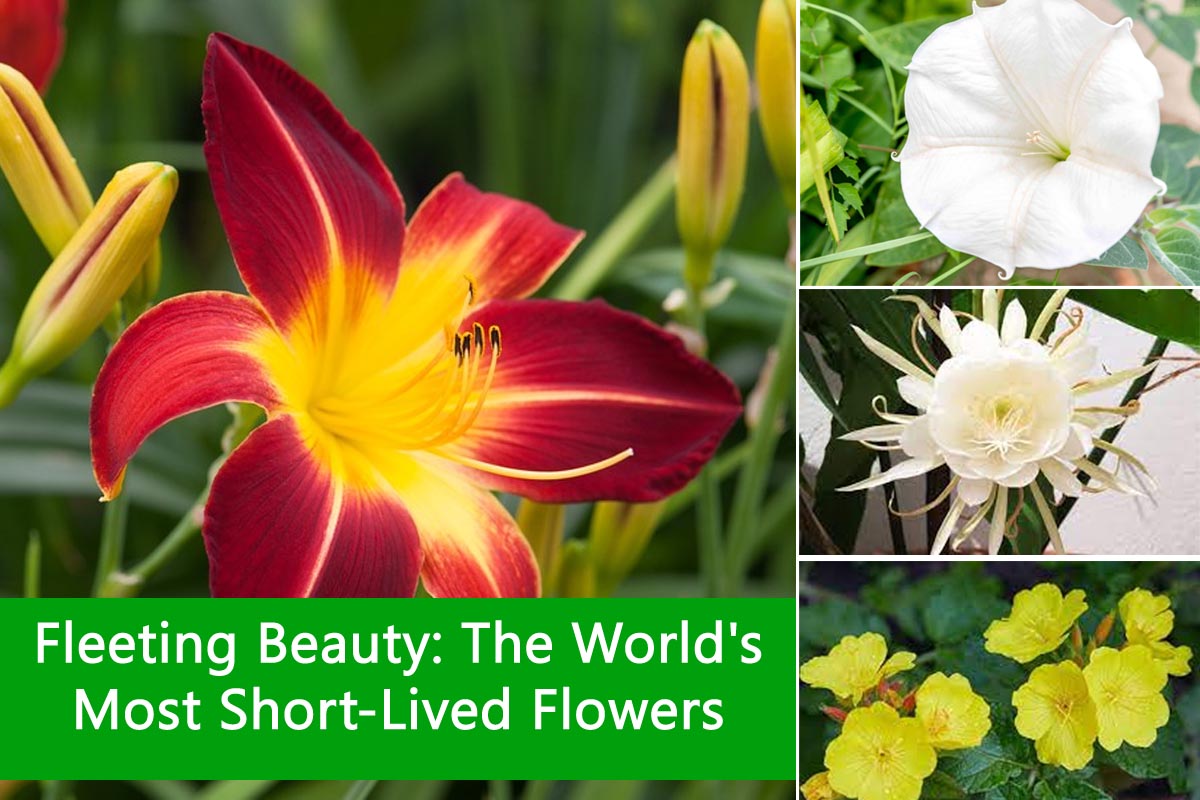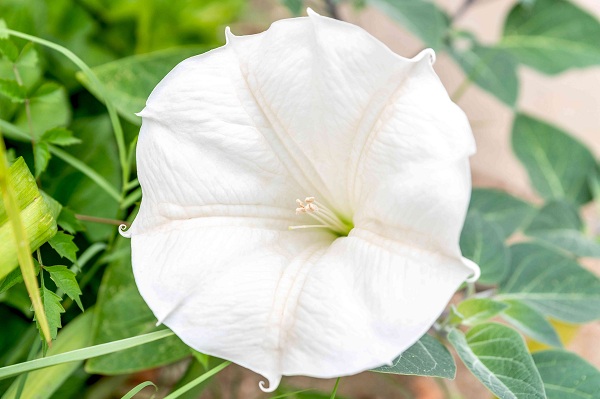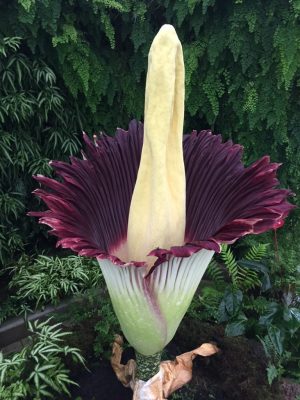
Fleeting Beauty: The World’s Most Short-Lived Flowers
In the world of flora, some flowers burst into vibrant bloom and, just as quickly, fade away. These short-lived flowers may only grace us with their presence for a few hours or a couple of days, but they leave an indelible mark on the beauty of nature. Let’s explore some of the most ephemeral and enchanting blooms the world offers.
The World’s Most Short-Lived Flowers
- Daylily (Hemerocallis)
- Moonflower (Ipomoea alba)
- Night-Blooming Cereus (Epiphyllum oxypetalum)
- Dragon Arum (Dracunculus vulgaris)
- Corpse Flower (Amorphophallus titanum)
- Selenicereus grandiflorus (Queen of the Night)
- Mayfly Orchid (Acianthus fornicatus)
- Evening Primrose (Oenothera biennis)
- Tulip Poplar (Liriodendron tulipifera)
- Puya raimondii
Daylily (Hemerocallis)
As the name suggests, daylilies are known for their remarkably short lifespan. These lovely flowers open in the morning and wither by nightfall, making them a symbol of fleeting beauty. Their vibrant colours and unique shapes have earned them a special place in the hearts of garden enthusiasts.

Also Read This : Blossoming Diwali: Home Decoration Ideas with Flowers
Moonflower (Ipomoea alba)
The moonflower is a nocturnal beauty that unfurls its pure white, fragrant blossoms in the evening, only to close them by the following day. These captivating flowers are often associated with moonlight and delight to behold in the twilight hours.

Night-Blooming Cereus (Epiphyllum oxypetalum)
Another enchanting night-bloomer, the night-blooming cereus, is a member of the cactus family. It boasts large, white, star-shaped flowers that open once a year at night and wilt by dawn. The rarity of this bloom adds to its allure.

Also Read This : Upcycling Magic: Transforming Plastic Bottles into Stunning Plant Pots for Home Decor
Dragon Arum (Dracunculus vulgaris)
Known for its rather peculiar appearance and an aroma reminiscent of rotting flesh, the dragon arum is a fascinating yet short-lived flower. Its deep purple spadix is usually at its prime for just a few days, attracting pollinators with its unusual scent.
Corpse Flower (Amorphophallus titanum)
The corpse flower, or “titan arum,” is famous for its colossal size and odour that is often likened to that of a decaying corpse. Its bloom is a rare spectacle, occurring once every few years, and typically lasts 24-48 hours.

Also Read This : What are the plants that grow in water and are eaten as food?
Selenicereus grandiflorus (Queen of the Night)
Also known as the Queen of the Night, this cactus species produces large, fragrant, and exquisitely delicate white flowers that open at night and close by dawn. Their brief appearance in the darkness adds an element of mystery and allure.
Mayfly Orchid (Acanthus fornicates)
The Mayfly Orchid is appropriately named because its petite, dainty blooms resemble mayflies. These miniature flowers appear for a mere 24 to 48 hours, making them a true emblem of transience.
Also Read This : Guidelines for Successfully Transplanting a Rose Bush
Evening Primrose (Oenothera biennis)
As the name implies, the evening primrose opens its vibrant yellow blossoms in the late afternoon and wilts by morning. These cheerful flowers are known for their short but spectacular display.

Tulip Poplar (Liriodendron tulipifera)
The tulip poplar tree produces large, tulip-shaped flowers with vibrant colours. However, their life span is incredibly brief, often lasting just a few days. They are a cherished sight in forests and gardens alike.

Also Read This : Blossoming Beauty: Must-Visit Flower Valleys in India
Puya raimondii
Known as the Queen of the Andes, the Puya Raimondi boasts enormous flower spikes with beautiful, bright flowers. This striking plant, however, takes several years to bloom, and its flowers last for just a few days.

Also Read This : Elevate Your Decor: The Best Tall Houseplants with Stunning Patterns
The world’s most short-lived flowers may have brief moments in the spotlight, but they teach us a valuable lesson in appreciating the beauty of the present. These ephemeral blossoms remind us to embrace the fleeting moments in life and find joy in the transient yet exquisite nature of all things.
Also Read This : Exploring the Beauty of Nature: Plants That Produce Flowers With 5 Petals




